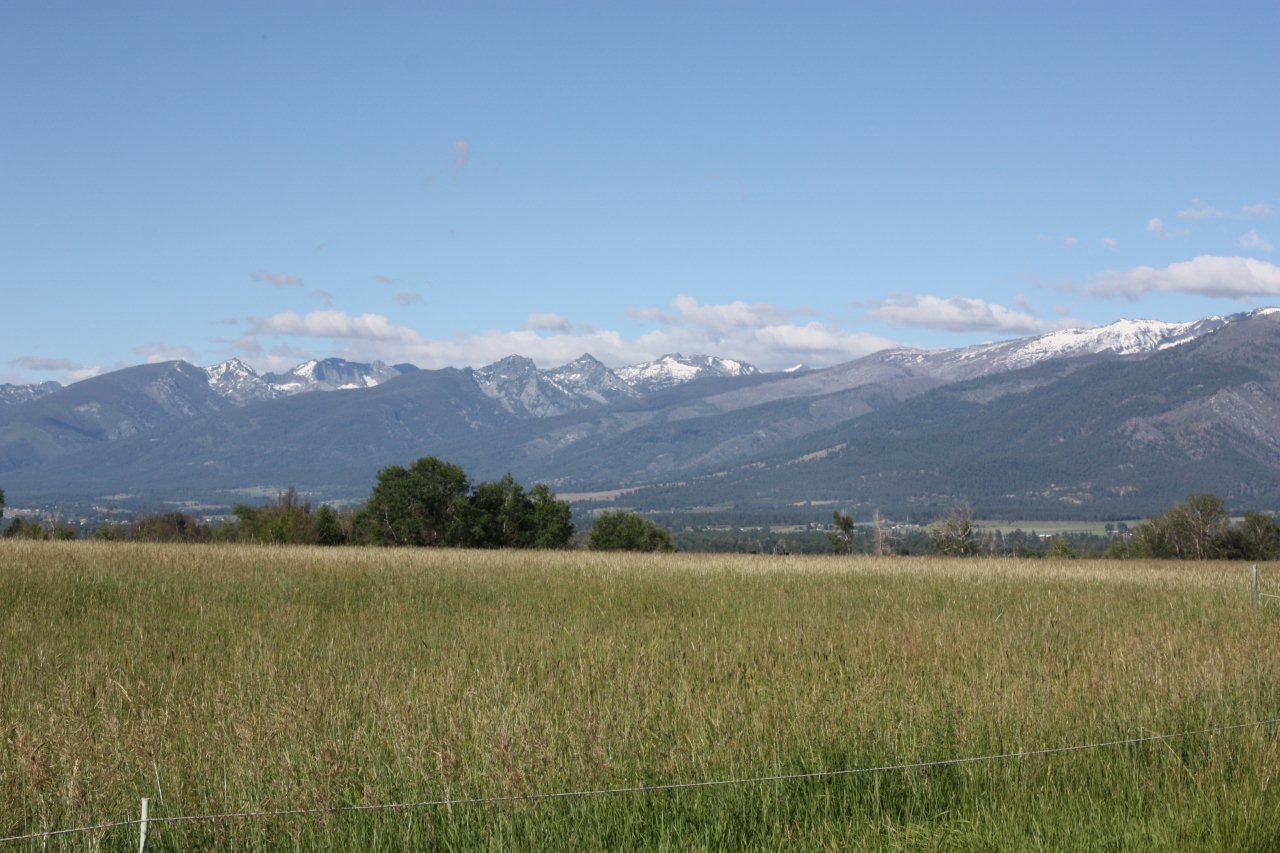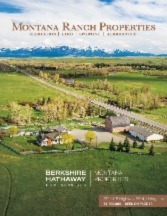
Rod Freeman
Sales Associate, GRI
C: 406.369.0320 O: 406.375.0166
Email Website
120 South 5th Street
Suite 201
O: 406.375.0166 F: 406.375.0165


Sales Associate, GRI
C: 406.369.0320 O: 406.375.0166
Email Website
120 South 5th Street
Suite 201
O: 406.375.0166 F: 406.375.0165

In a recent article I reported on the tour I attended of the La Cense Ranch outside of Dillon Montana. The purpose of this tour was to allow attendees to view their rotational pasture system. This Ranch has created a near perfect rotational system, with 500 head of stocker cattle sharing 5 acres for 24 hours and then moving them to the next 5 acres. Their goal was to have the grasses to reach approximately 13 inches in height prior to entry and for the grasses to be approximately 4 inches in height when the cattle were rotated. This system allows the Ranch to feed a minimum of 6,000 head of stocker cattle on 3500 irrigated acres while achieving an average weight gain of 3.2 pounds per day!
As impressive and productive as this system is, I struggled to understand how such a system, or modification thereof could be employed on the numerous ranches where such an irrigation system could not be developed. There are many benefits to the land in the La Cense system and to attempt to understand how to achieve many of these benefits I turned to the research and writings of Jim Garrish. The purpose of this article is to attempt to introduce Jim’s theory of pasture management based on what he has titled the Four Ecosystem Processes.
I will focus on the mineral cycle process. Jim addresses the importance of maintaining a dynamic nitrogen and mineral cycle for the land. As background Jim is a professor who used his own property to prove his research and findings for 30 years. His research established that the ranching community had successfully used fertilizers to assist in maintaining this balance, injecting nitrogen back into the soil. The 21st Century arrived with the costs of these fertilizers increasing much faster than the rate of the value of our products.
A major part of the solution is to establish and maintain legumes in your pastures. Natural pastures contain N-fixing legumes and almost all legumes thrive in well managed pastures. An important element of managing pastures to support these natural systems is to institute a management system that concentrates the animal exposure for a shorter period, rotating the animals prior to the natural feed being reduced beyond the 4-inch level discussed above and concentrating their grazing to such a point that the consumption is much more uniform across the pasture.
This process supports much quicker recovery of the plant life, improved weed control, less loss of soil moisture as soils with sufficient cover remain much cooler. Animals do not retain the majority of the minerals they consume with the majority being returned to the soil as urine or dung. This activity supports plant growth as they are returned to the soil.
The goal is the production of healthy grasses in a much more natural way with the added benefit of an improvement of weight gain rates in the animals at a lower cost to you the producer.
Rod Freeman
